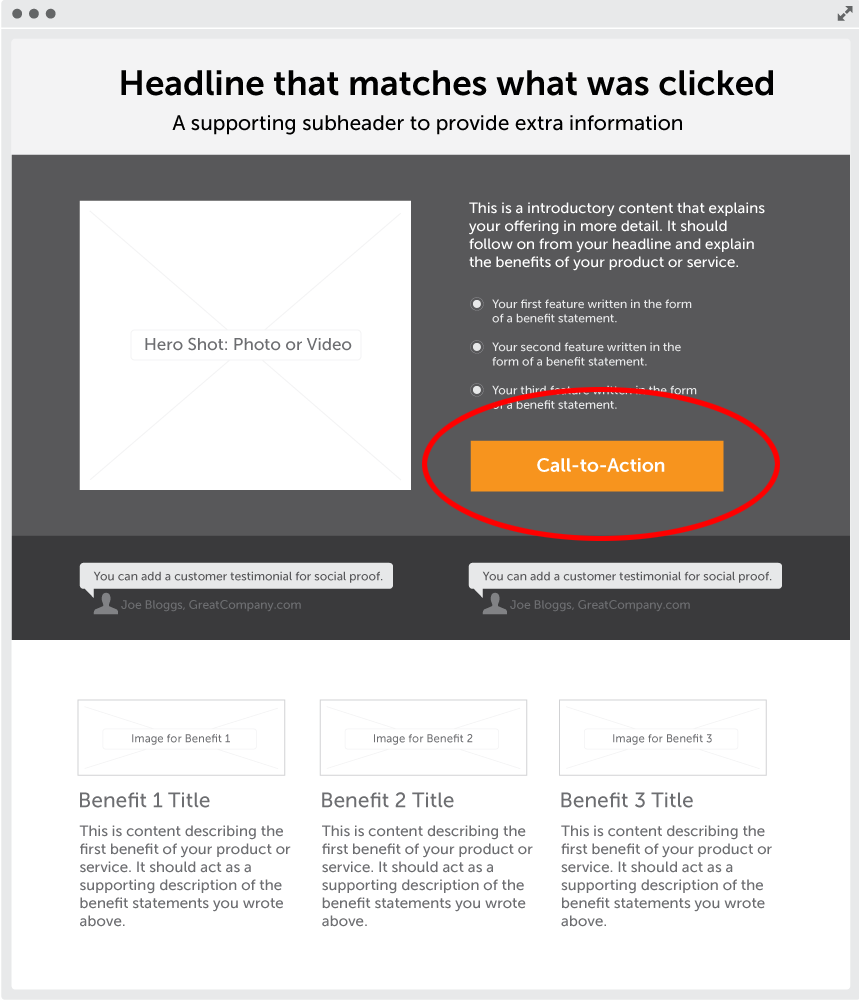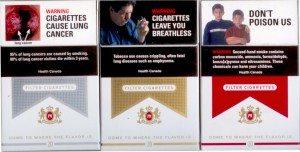It’s now been 3 months since the first few days of COMM 463. There’s a lot to reflect on and a lot that has been learned. Specifically pertaining to assignment #3, well, put simply it was a lot of fun!
It was fun to see how my teammates from different areas of study approached the problem. Immediately the engineers jumped onto the electronics and gadgets: both of us were most excited to start playing with the camera and sound equipment. The others wanted to see a strong film come together with an entertaining plot and educational value and so started doing the script work.
The actual filming of our video was planned to take place over 2 days. Unfortunately, due to some poor lighting conditions we ended up adding a 3rd to re-shoot a couple scenes in order to satisfy the standards of our designated video editor! In my opinion that’s not too bad of a time commitment for this type of thing; having done one or two videos before I knew going the type of time investment required. In the end I think the work put in was roughly equal for all members of our group save our video editor. Having acted, written, directed, and edited the video, he clearly put a bit more effort in than the rest of us! I’m happy with the final result, however, and I think it was a worthwhile experience just to have fun with it!
It’s funny to me that I say that. Typically I don’t like group assignments. I find the difference in quality and writing styles from one person to the next makes for difficult reading and a disjointed piece. In the end, somebody always has to sink a couple extra hours to compile it all into one cohesive document anyways. This video project was a little more creative and definitely a lot more fun!




